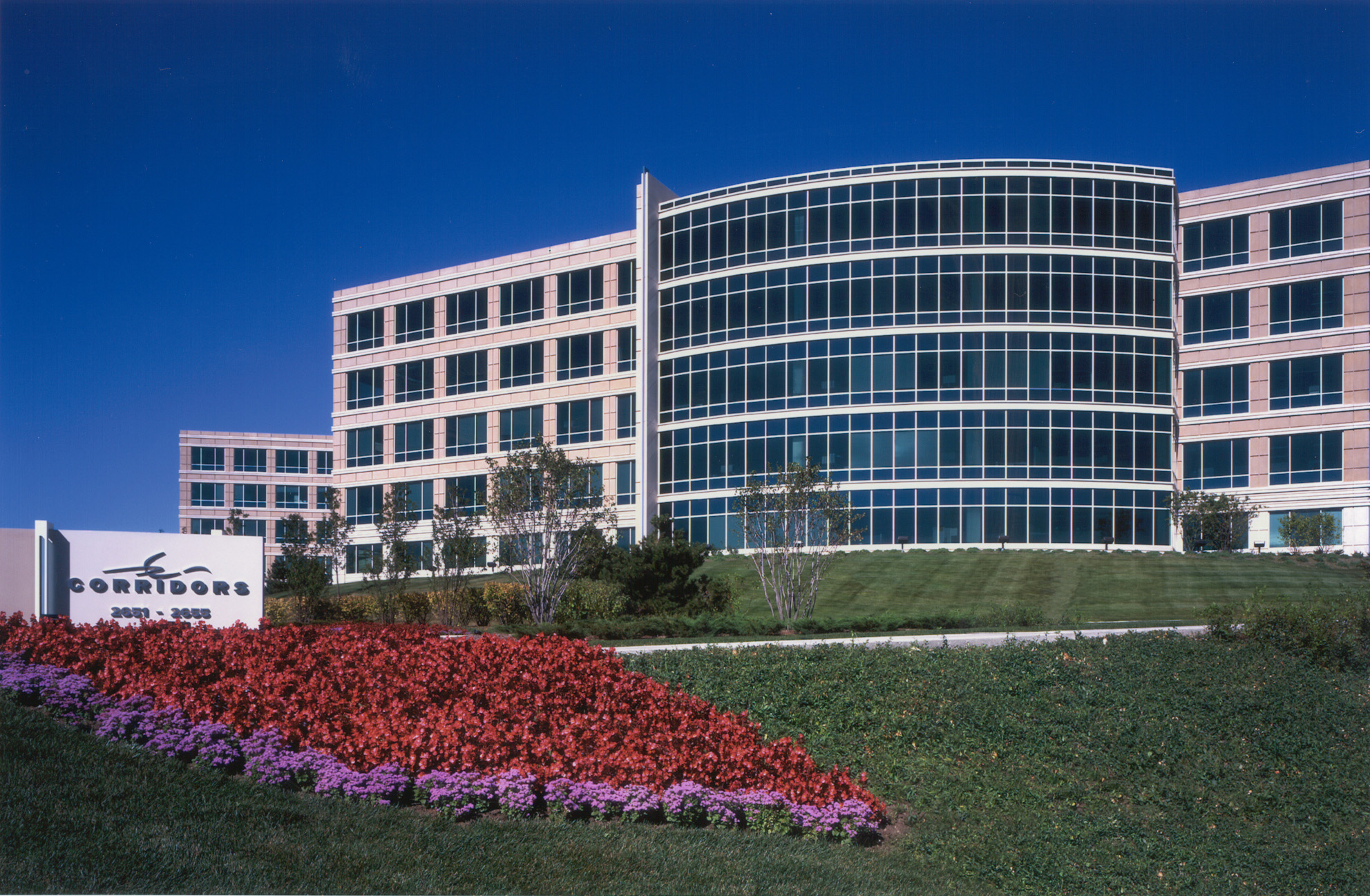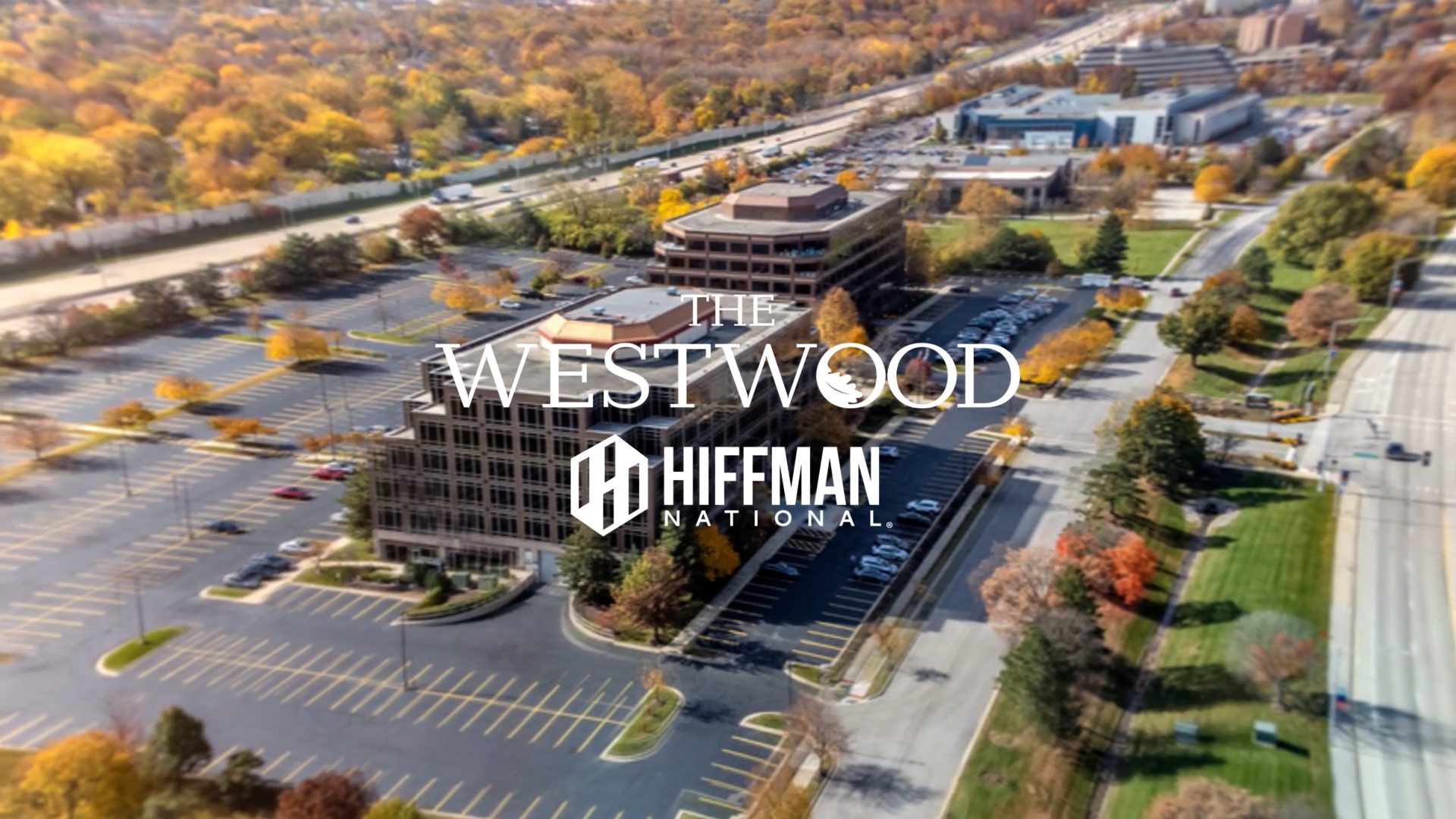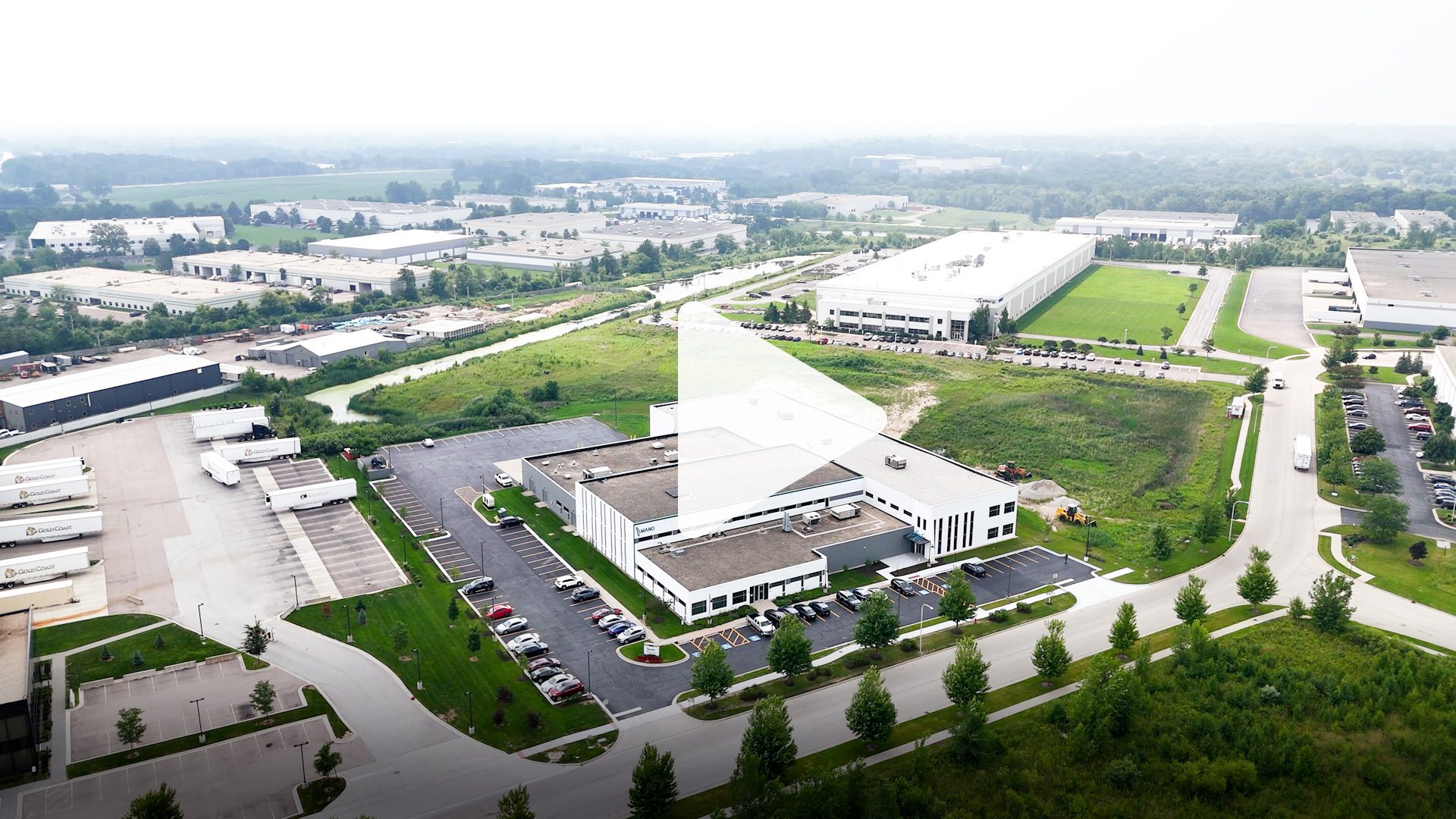October 2012
Suburban office market on a slow pace toward recovery

As seen in RE Journals
The suburban office market saw absorption turn positive again during the third quarter, as 204,518 square feet of vacant space was absorbed through leasing and sales activity, according to CBRE.
And more than 1.1 million vacant square feet has been re-occupied by tenants signing new leases and expanding their existing leases through the first half of 2012, according to NAI Hiffman.
Colliers International notes that while some submarkets are bouncing back more quickly than others, landlords overall remain cautiously optimistic that the worst is over.
“Everyone talks about this downtown migration and how nobody wants to be in the suburbs,” said Dan Svachula, agency leasing director at Cushman & Wakefield. “I think people are a little too quick to dismiss the suburbs. There’s always going to be a need and there’s always going to be strong demand for well-located buildings in the suburbs.”
The North Suburban and East-West Corridor office markets witnessed the strongest demand in the second quarter, each absorbing well over 200,000 square feet, according to NAI Hiffman.
Pat Gallagher, senior vice president of the Alter Group, said it is no surprise that the East-West Corridor has performed so well.
“Historically in the suburban market, the East-West Corridor gets more than its fair share of absorption,” he said. “Obviously, it’s the largest market as well. If you go back 25 years, the East-West Corridor every year is always the top performer as far as the strength and vitality of the market and that’s true today.”
The recovery continues to be focused primarily on class A buildings, those with the best amenities and top-of-the-line finishes, according to NAI Hiffman. While this demand has just begun to spread to class B buildings, conditions among less desirable class C buildings continue to deteriorate.
Svachula said there is a lack of institutional quality buildings in the 150,000- to 170,000-square-foot range.
“There is a supply issue,” he said. “You have some vintage buildings. You have the class C buildings that were built in the 70s. That stuff is really going to continue to struggle.”
The direct vacancy rate decreased to 21.1 percent in the third quarter from 21.3 percent in the second quarter, according to CBRE. And while this is the fourth consecutive quarter of declining vacancy rates and positive absorption for the suburban market, Gallagher said the recovery has been slow.
“(Demand) is not stellar, that’s for sure,” Gallagher said. “It’s way off the highs of what we used to experience in the suburban market. The demand drivers just aren’t there like they historically have always been. The obvious reason is the economy. Lack of job growth directly correlates to a lack of leasing office space.”
Gallagher said other factors affecting the suburban market are the use of home offices and companies looking to increase the number of employees per square foot.
“Corporate America is changing how they’re using office space,” he said. “They’re really trying to push the square footage per person to a whole different dynamic.”
CBRE noted that contributors to suburban absorption in the third quarter include:
- Sysmex occupied 160,000 square feet at 555 Aptakisic Road, Lincolnshire, in relocation from 1 Nelson C. White Parkway, Mundelein, and 175 Ambassador Drive, Naperville;
- PLS Financial occupied 46,875 square feet at 800 Jorie Blvd., Oak Brook;
- Redbox expanded for 58,488 square feet at 1 Tower Lane, Oakbrook Terrace;
- Tellabs downsized by 46,546 square feet at 1415 W Diehl Road, Naperville,
- Phonak purchased buildings and expanded by 65,467 square feet at 444 N. Commerce St., Aurora;
- TCF Bank vacated 78,400 square feet at 500 Joliet Road, Willowbrook;
- Walgreens vacated 40,394 square feet at 485 E. Half Day Road, Lincolnshire, in relocation to 1000 Lakeside Drive, Bannockburn;
- PHH Mortgage Corp. occupied 50,318 square feet at 2333 Waukegan Road, Bannockburn;
- Topco purchased 150 Northwest Point Blvd., Elk Grove Village, and occupied 60,000 square feet;
- Interactive Health Solutions occupied 26,582 square feet at 1700 E. Golf Road, Schaumburg.
NAI Hiffman points out that while the suburban market has a longer way to go and more challenges when compared to the downtown office market, things continue to move in the right direction.
“I’m more optimistic than I think a lot of my counterparts are,” Svachula said. “We are seeing deals. There are tenants coming and they’re looking for more space. The velocity needs to pick up for it to move more quickly, but I expect a good fourth quarter and hopefully the momentum carries through.”
Downtown Chicago market
The direct vacancy rate downtown increased from 13.6 percent last quarter to 13.8 percent in the third quarter withnegative 263,031 square feet of absorption, according to CBRE. The sublease vacancy rate slightly decreased to 1.1 percent from 1.2 percent last quarter and the sublease availability rate decreased to 2.4 percent from 2.5 percent last quarter. Slightly more than 3.1 million square feet are still listed for sublease today.
Both the class A and B markets experienced negative absorption, negative 68,377 square feet and negative 382,630 square feet respectively, according to CBRE. The third quarter once again experienced several relocations within the CBD, with more tenants taking current or expiring sublease space before it becomes directly available.
CBRE points out that major contributors to third quarter absorption include:
- At 303 E. Wacker, Groupon vacated 170,251 square feet in relocation to 222,000 square feet of the Bankers Life sublease space at 600 W. Chicago and KPMG vacated 270,000 square feet in relocation to 231,224 square feet of the former Kirkland & Ellis space at 200 E. Randolph;
- Unicare gave back about 100,000 square feet at 233 S. Wacker;
- Golin Harris vacated 66,238 square feet in relocation to 134,724 square feet at 875 N. Michigan Ave.;
- Bank of America gave back 84,031 square feet at 540 W. Madison;
- UBS gave back 65,289 square feet in renewal and consolidation at 1 N. Wacker;
- Pepsi’s lease expired, vacating 37,924 square feet at 227 W. Monroe;
- Dotomi occupied 80,049 square feet at 101 N. Wacker in relocation from 168 N. Clinton;
- Walgreens E-Commerce Institute occupied 47,100 square feet at 33 S. State;
- PLS Financial occupied 38,491 square feet at 1 S. Wacker in relocation from 25,000 square feet at 300 N. Elizabeth St.; and
- West Monroe Partners occupied 33,539 square feet at 222 W. Adams in relocation from 14,500 square feet at 175 W. Jackson.
Still, the downtown office market continues to stage an impressive recovery, according to NAI Hiffman. Of the 5.3 million square feet of vacant space introduced to the market due to the recession, 4.1 million square feet has been absorbed in the first half of the year.
“The downtown market is doing extremely well for a variety of reasons,” Gallagher said. “There’s a national trend toward this new urbanism where the profile of your ideal employee is a 25 to 35 year old who likes to ride their bike to work and live in more of an urban environment. That’s doing great things for the downtown market.”


